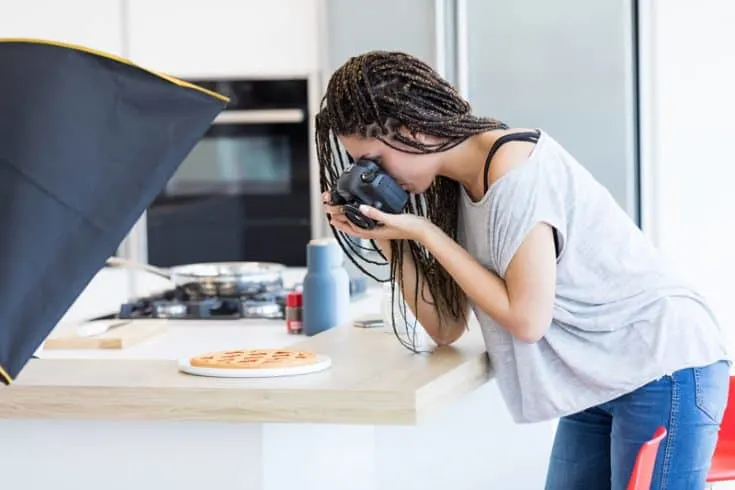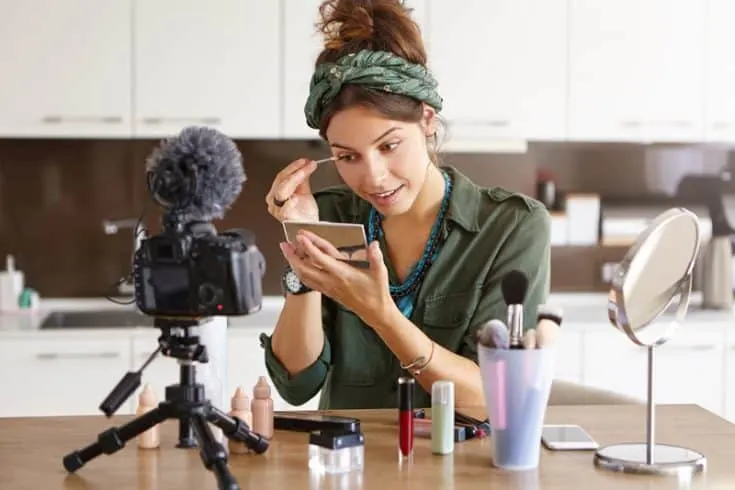How to Make Your Sponsored Content Authentic


Sponsored content is an important piece of the revenue puzzle for so many of our publishers. Some truly enjoy creating branded content, some see it more as a necessary evil.
Regardless of whether you love it or hate-love it, sponsored content can be a critical revenue stream for bloggers. But how do you create compelling content that hits a brand’s goals and stays authentic to your voice and your own brand?

We see it all the time for the sponsored campaigns we facilitate through our Influencer Marketing department: content that is true to a publisher’s brand simply performs better.
As bloggers, our audiences know our voices and can sniff out inauthentic content the way my dad’s beagle can sniff out even the smallest morsel of food.
Beyond simply affecting the results of a single post, readers being turned off by inauthentic content can make them less apt to read in the long run and could negatively affect conversions on even the most authentic posts in the future.
So let’s talk about how we can stay true to ourselves, true to our readers and true to our brands while still making it rain, shall we?

Creating sponsored content that is true to you and valuable for your readers starts with being picky about who you work with.
Jenny and I have talked about it before during our 2018 Mediavine Conference session on pitching brands – you are going to create the best content for the brands and products you actually use.
Now, I know how hard it can be to say no to paying work, especially if you know a company has deep pockets. Turning down guaranteed, possibly easy, money goes against everything we are told in this life.
But I’m a big proponent of listening to one’s gut. And if your gut reaction to a brand or product is bad? Well, it’s probably not going to be a very good fit for your audience.
Here’s the thing: Don’t try to make a square peg fit into a round hole. Not every brand is going to be a fit and that’s ok. Saying no to the wrong partnership leaves you open to say yes to the right one.
(And if a brand asks you to do something skeevy, like use do-follow links or not disclose properly? Do not pass go, do not collect $200. It’s important to properly disclose sponsored work and use nofollow links.)

I’m not going to tell you how many sponsored posts per month is the right number, because there are a lot of factors that play into that, including how many times per week you post, how broad your content focus is, etc.
What I will say is this: If every post on your homepage is sponsored, there’s a good chance you’re throwing too much branded content at your readers.
Think about it from a reader’s perspective. First, if every post they see is promoting a different product, that’s a lot of products to take in and mentally sort through. How can they possibly remember all of that?
Second, how will they know what you’re really passionate about? Your message becomes diluted and it becomes hard for the reader to know if you truly believe in all of those brands or if you’re just talking about them for the money.
The proper balance between sponsored and non-sponsored content will likely be different for every site, but I encourage you to think hard about what is right for you and do everything you can to stick to it.

This one starts before you’ve even signed your contract.
As soon as you start discussing rates with a brand, find out from them what type of content they are looking for and get a sense of how much they want to control the deliverables.
I have seen brands control posts to the point where the blogger’s voice and style was totally lost. Guess what? They went over like a turd in a punchbowl.
Yes, if you are doing a sponsored post, the brand is most likely going to have certain requirements of what needs to be included, including specific message points. But make sure that the brand is ok with you putting their messages into your own words, maintaining your photography or videography style, and sharing Most Valuable Content (recipes, how-tos, packing lists, etc) that your readership craves.
Now, I am not saying you should deny a brand the ability to see a draft of your content. In fact, I always recommend getting content approved before it goes live, just to make sure you are portraying the brand correctly. Better to tweak things before they go live than have to fix them after the fact.
But while I approve of a brand being able to make sure their messaging is accurate, I am against them changing your language or writing style just because they can. I recommend reading through the contract carefully to make sure you’re covered against this.
(Need a good lawyer to help you with contracts? Hashtag Legal does a great job!)
Remember: No one knows your audience better than you. YOU are the expert here! Don’t be afraid to speak up and speak to what you know they want to see.
At the end of the day, a lot of issues can be avoided by simply opening an honest, respectful line of communication with the brand rep. Trust me, they want your content to succeed as much as you do! Let them know how you can work together to make that happen.
Stay up to date with the latest from Mediavine
Publishers spend time creating great content that keeps readers coming back, and we know that safeguarding that content and maintaining control over how it’s used are critical concerns in today’s …
 Eric Hochberger
Eric Hochberger
In a blog post last week, Google announced plans to launch generative AI into Search Labs with a new product called Search Generative Experience (SGE). What exactly is SGE, and …
Since ChatGPT’s release in November 2022, OpenAI’s prototype of generative AI — that is, artificial intelligence that can produce new content on demand — has dominated popular tech media. We’ve …